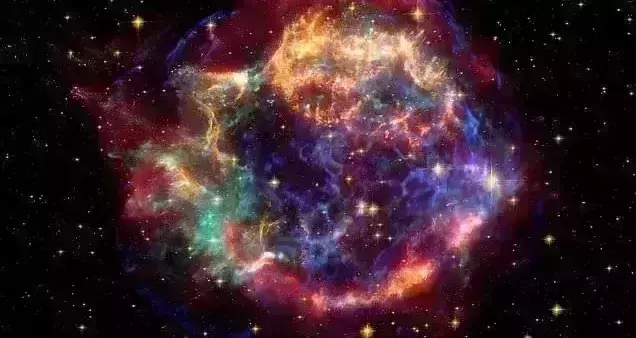
Scientists find million-year-old Martian elements in the Pacific Ocean
text_fieldsScientists from the Australian National University (ANU) have discovered rare extraterrestrial radioactive isotopes, which has prompted experts to wonder how elements of violent cosmic activities in deep space millions of years ago, appear on Earth. Traces of the isotopes, known as plutonium 244 and iron-60, were found at a depth of 5,000 feet on the Pacific bed, according to a new study.
"The story is complicated – possibly this plutonium-244 was produced in supernova explosions or it could be leftover from a much older, but even more spectacular event such as a neutron star detonation," said study's lead author Anton Wallner in a recent press statement released by the Australian Nuclear Science and Technology Organisation (ANSTO).
Wallner added that the inferred data could be 'the first evidence that supernova do indeed produce plutonium-244.'
According to NASA, supernovae are "the largest explosion that takes place in space." In other words, a star exploding after its energy runs out, emits large scale shockwaves that cause the star to detonate inside out. That end explosion is known as a supernova, which could be the reason for heavy elements existing in space or landing upon the earth.
Iron-60 and plutonium-244 could approximately subsist for 2.5 million years and 80 million years, respectively, before it succumbs to being nickel, researchers say.
The process of these heavy elements being formed is explained in the ANSTO press release as a reason for two nuclear reaction processes - slow neutron capture process, namely s-process, or the rapid neutron capture process, r-process.
Experts believe that the s-process happens in many stars, however, the role of the r-process in space is yet to be sure of.
"Some years ago, it was suggested that the r-process happens in supernovae, but it remains unclear if such events generate enough of these elements. Or did it happen in a much rarer event, such as a neutron star merger?" says Dr Michael Hotchkis, Principal Research Scientist at ANSTO and co-author of the study.
The research findings are published in the research journal Science.























